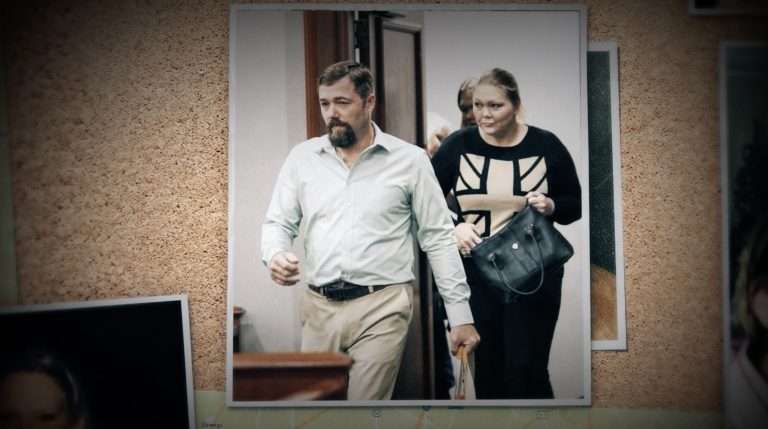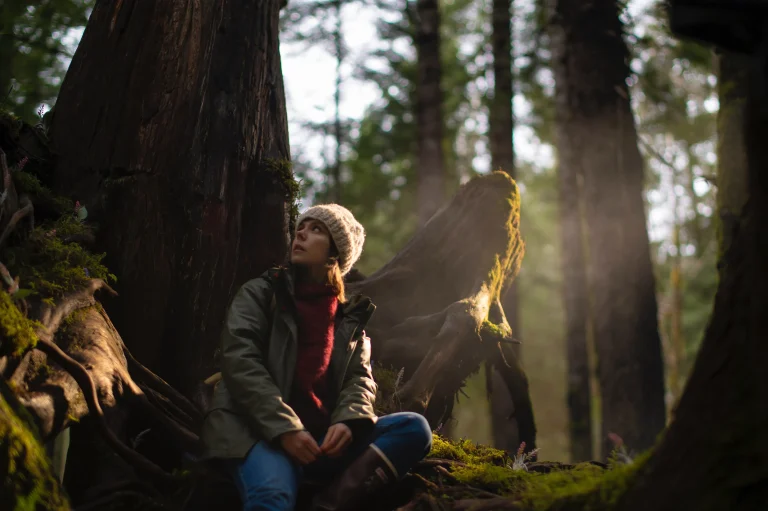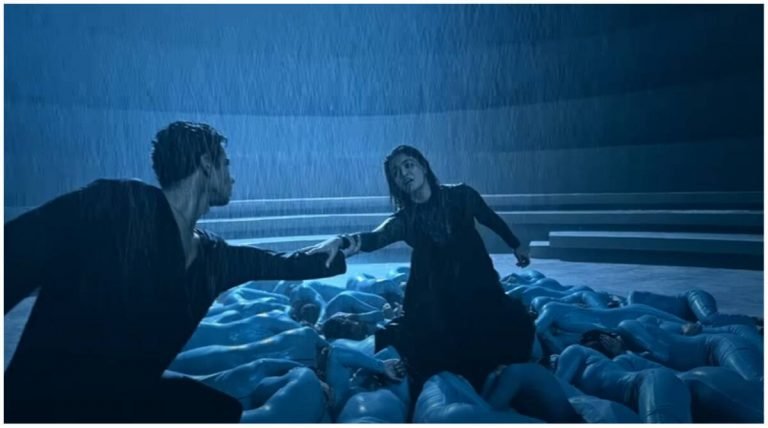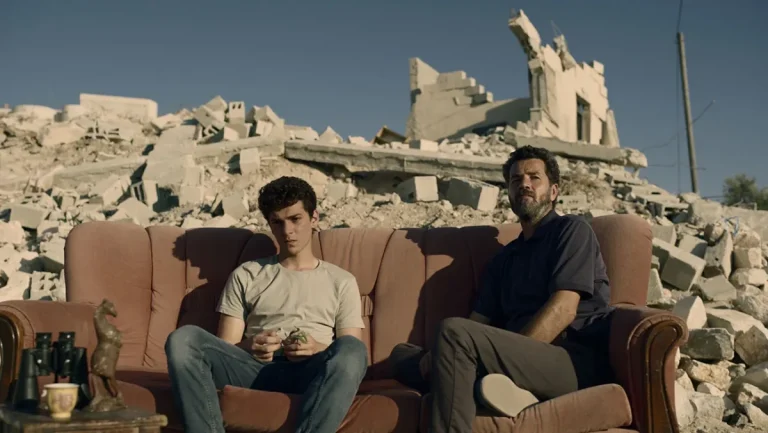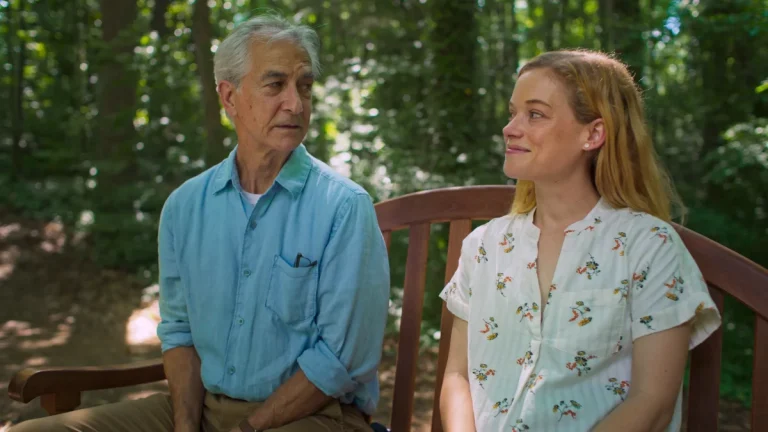British filmmaker Ben Wheatly (Free Fire, High-Rise) is known for twisting the genre indie fares into something that replicates the true horrors of living. So it not surprising that his latest work is set in a sort of post-apocalyptic world that is not particularly different from the COVID era we are currently living in. With heightened visuals style and a lot of psychedelics in places, his latest work “In the Earth” is a folk horror that is both invigorating and frustrating at the same time.
Shot over a period of 15 days, the film follows botanist Martin Lowery (Joel Fry) who turns up at a base camp outside Arboreal Forest. He is supposed to do a two-day hike into the woods in order to check up on one of his colleagues who hasn’t been sending test results back home for some time. Park ranger Alma (Ellora Torchia) is his companion and helper as he needs to adhere to all the protocols during the pandemic.
Related to In the Earth – 20 Must-See Films at the Sundance Film Festival 2021
Their journey to test site ATU327A – a place where Dr. Olivia Wendle (Hayley Squires) was last heard of is an arduous one. And if you know Wheatly for his earlier works (don’t judge him by the mainstream Netflix’s Rebecca remake), you will soon realize that things wouldn’t stay the same. Spoiler Alert – they don’t. Martin and Alma are soon met with elements in the woods that amp up this pandemic-styled thriller into a horrid, Wheatly-Esque psychedelic horror.
Mythical ramblings and science interweaving together is something that “In the Earth” does exceptionally well. The director is fully aware of his restriction. In a way, the film talks about human beings and their obsession with living like a different person. Also, in its unhinged third act, there’s a psychological element that really caught my attention. Therein, Wheatly tries to investigate our need to make up stories about anything we find different from our perception.
The mythological elements here really undercut the way science works. Meaning, that even the people of science can come to a different conclusion when faced with a dead end. It is a stark reminder of what the pandemic really did to every one of us last year. We all started craving for the last bit of straw that showed signs of hope to us.
Other than that, “In the Earth” features pretty basic horror tropes that you might have seen before. For a layman coming fresh into Wheatly universe, things could go either way. The audience will either be amused or completely bewildered. That said, even long-time Wheatly enthusiasts may find his latest offering a tad bit lazy.
Since it was written and conceived during the COVID lockdown, a lot of the elements here feel familiar. To put it simply, the director borrows visual and thematical elements from his own films sans “Kill List” and “A Field in England.” “In the Earth” feels like an amalgamation of the culty elements of “Kill List” and the psychedelic horror of “A Field in England.” While these elements intermittently conceive a technically well-rounded environment, the film leaves one confused about what exactly it wishes to convey.
Also, Read – Every Ben Wheatley Film Ranked
On one hand, it wants to replicate the anxieties of intelligent humans succumbing to anything that would make sense. On the other, the dull characters and their lack of motifs make all of these subsidy ramblings feel docile. There’s nothing much here that actually tells how our mind would function in a pandemic and the use of Wheatly imagery – flashy lights, heightened soundscape and the unknown horror just feels dynamically introduced entities.
Overall, there are some fascinating conclusions that come out of “In the Earth“- one of them being our constant looking out for the truth in everything. However, they would be more impactful in a film that wasn’t so unevenly distributed among its three definitive acts. The forest comes alive here, but does that mean the earth will too?
★★★
Trailer
In the Earth Links – IMDb, Rotten Tomatoes


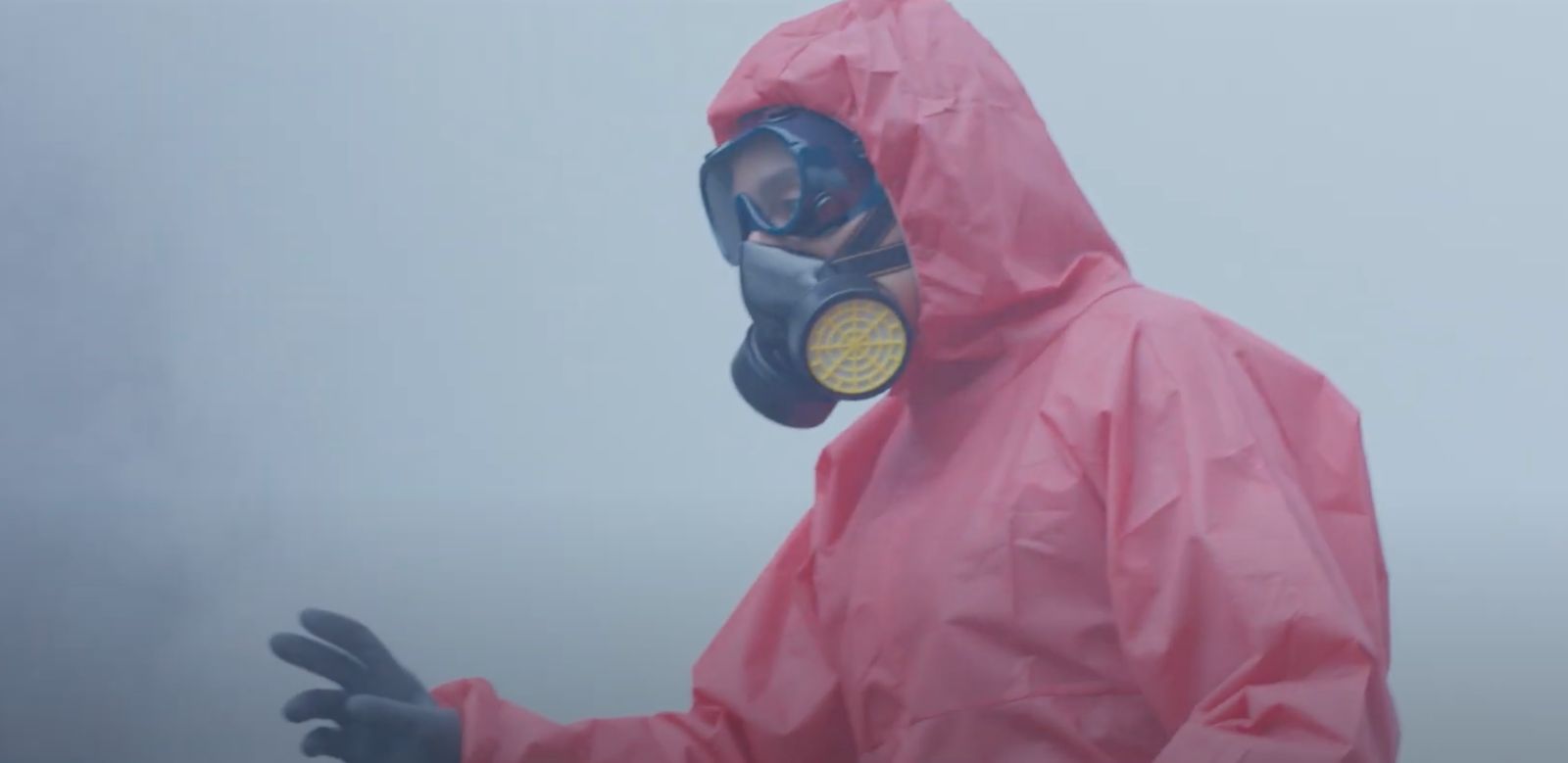


![Dream Girl [2019] Review: An Eminently forgettable Dream](https://79468c92.delivery.rocketcdn.me/wp-content/uploads/2019/09/dream-girl-movie-review.jpg)
